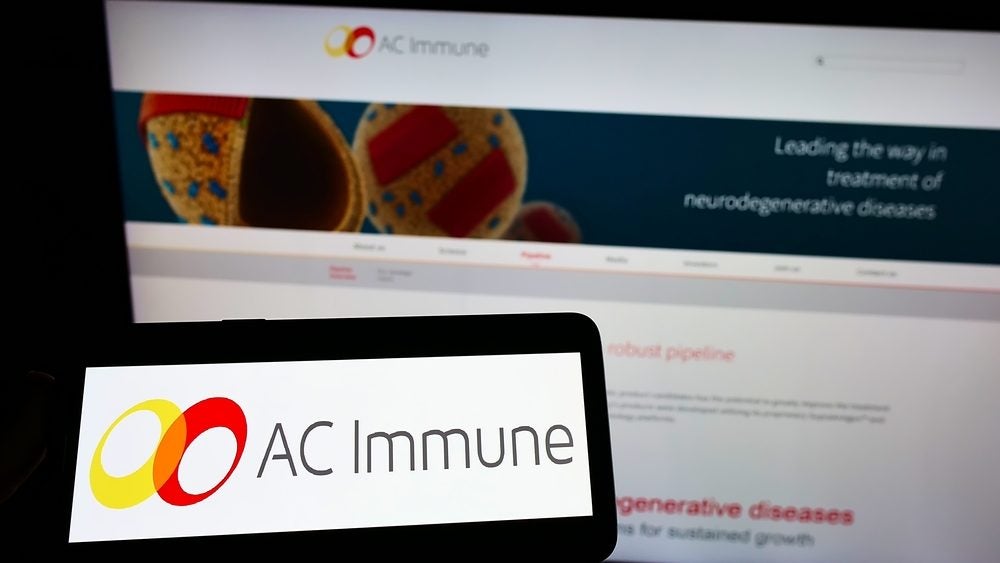KEYNOTE-045 is a randomized Phase II study where Keytruda monotherapy was compared to investigator’s choice of chemotherapy (paclitaxel, docetaxel, or vinflunine) in patients with locally advanced/metastatic, unresectable bladder cancer that had recurred or progressed following platinum-based chemotherapy. In this study, the co-primary endpoints were OS and progression-free survival (PFS), and the secondary endpoints were overall response rate (ORR), duration of response (DOR), and safety. This study enrolled 542 patients, including PD-L1-positive and PD-L1-negative patients. In this particular trial, patients with tumors that were PD-L1+, defined as expression of 10% or more, made up 27% of the total study population.
In the OS analysis of the total population, a significant improvement in OS was seen in Keytruda-treated patients, who achieved a median OS of 10.3 months, compared with 7.4 months seen in the chemotherapy arm. However, in PD-L1+ patients, the median OS was 8.0 months, compared to 5.2 months in the chemotherapy arm. Unlike other cancers in which PD-L1-positivity has correlated with improved response to Keytruda, such as in non-small cell lung cancer (NSCLC), in the KEYNOTE-045 trial, PD-L1+ metastatic bladder cancer patients actually fared worse in terms of OS than PD-L1-low- and non-expressers.
Analysis of the secondary endpoint, ORR, showed a statistically significant result in favor of Keytruda in the total patient population, at 21.1%, compared with 11.4% in the chemotherapy arm. Surprisingly, in PD-L1+ patients, the ORR was 21.6%, suggesting that as a group, they did not respond at a higher frequency than PD-L1-low- or non-expressing patients (defined as those whose tumors expressed <10% of PD-L1).
One explanation for why PD-L1+ patients did not see more benefit with Keytruda treatment may be found in the trial design of KEYNOTE-045. In this study, PD-L1 status was determined using archived biopsy tissue from primary resected tumors. It is possible that these primary tumors did not reflect the status of PD-L1 expression in patients at the time they received Keytruda, given these patients had received first-line chemotherapy following their primary tumor resection, which could have altered the PD-L1 expression levels on their tumors. Further, it is possible that patients above the tumor PD-L1 ≥50% cutoff, which has been previously used in trials for NSCLC, may have constituted a small percentage of the PD-L1+ patient group in KEYNOTE-045, and thus, any significant benefit they received from Keytruda treatment may have been diminished when they were grouped together with patients who had more than 10%, but less than 50% tumor PD-L1 expression.
These data continue to fuel the debate over the use of tumor PD-L1 as a biomarker. Data from preliminary analysis of BMS’ Opdivo’s Phase II trial in bladder cancer have also failed to show increased response rates in tumor PD-L1 expressers versus low- and non-expressers, echoing Merck & Co.’s results with Keytruda. Interestingly, Roche’s Tecentriq, the only currently approved PD-1 checkpoint modulator in bladder cancer, used PD-L1 expression on tumor-infiltrating immune cells, rather than tumor cells, to stratify patients in its pivotal IMvigor 210 trial. In this study, patients with immune cell-associated PD-L1 levels of IC2/3 (corresponding to ≥5% expression) had a significantly higher ORR of 28%, compared with IC0/1 patients (those with <5% tumor PD-L1 levels), who had a 10% ORR. In addition to increased response rates, the median OS in the IC2/3 group was also higher, at 11.9 months, compared with just 6.7 months in the IC0/1 group. Taken together, these data suggested increased efficacy of Tecentriq in patients with at least 5% PD-L1-positivity, with increased PD-L1 expression on tumor-infiltrating immune cells correlating to better responses to drug treatment.
See Also:
As of now, the debate over using tumor PD-L1 as a biomarker is somewhat academic, given Merck & Co. and BMS will be seeking approval for Keytruda and Opdivo, respectively, in all patients, regardless of PD-L1 status. However, as payers and government health agencies move to narrow the eligible patient population that can receive expensive PD-1 checkpoint modulator therapy, to control rising costs, the availability of a biomarker that is predictive of response to treatment will become increasingly important.
How well do you really know your competitors?
Access the most comprehensive Company Profiles on the market, powered by GlobalData. Save hours of research. Gain competitive edge.

Thank you!
Your download email will arrive shortly
Not ready to buy yet? Download a free sample
We are confident about the unique quality of our Company Profiles. However, we want you to make the most beneficial decision for your business, so we offer a free sample that you can download by submitting the below form
By GlobalDataRelated reports
PharmaPoint: Renal Cell Carcinoma (RCC) – Global Drug Forecast and Market Analysis to 2023
Renal cell carcinoma (RCC) is among the 10 most frequently occurring cancers in Western countries. The RCC market is currently dominated by anti-angiogenic agents and tyrosine kinase inhibitors (TKIs) in particular, but it will experience dramatic changes over the forecast period as patents expire and promising new therapies enter the market.









Related Company Profiles
RCC, Inc.
Roche S.A.
Procter & Gamble Health Ltd